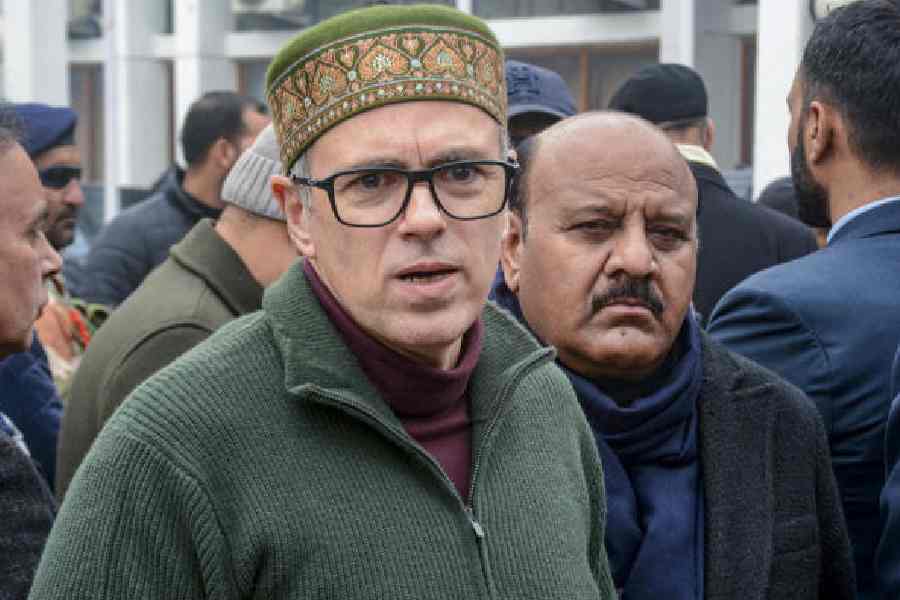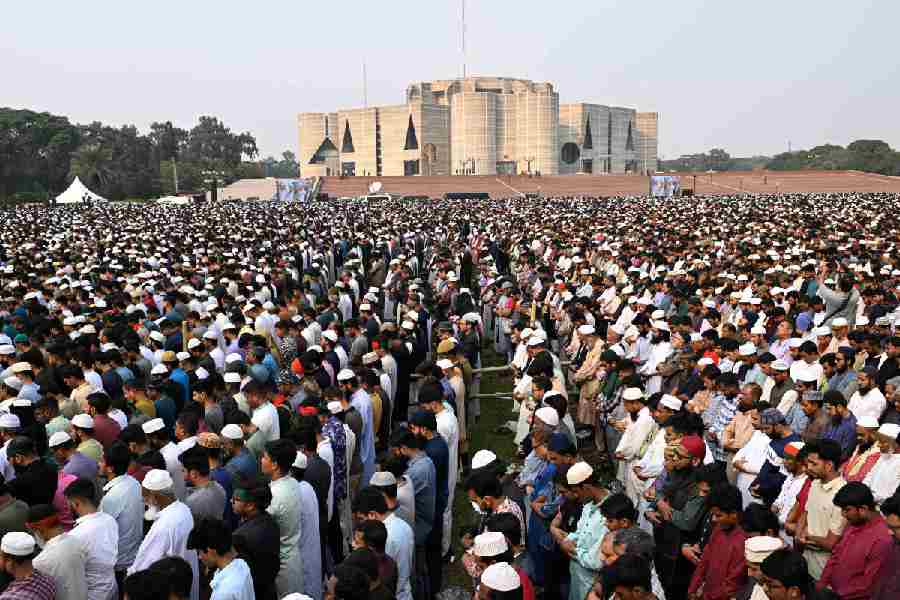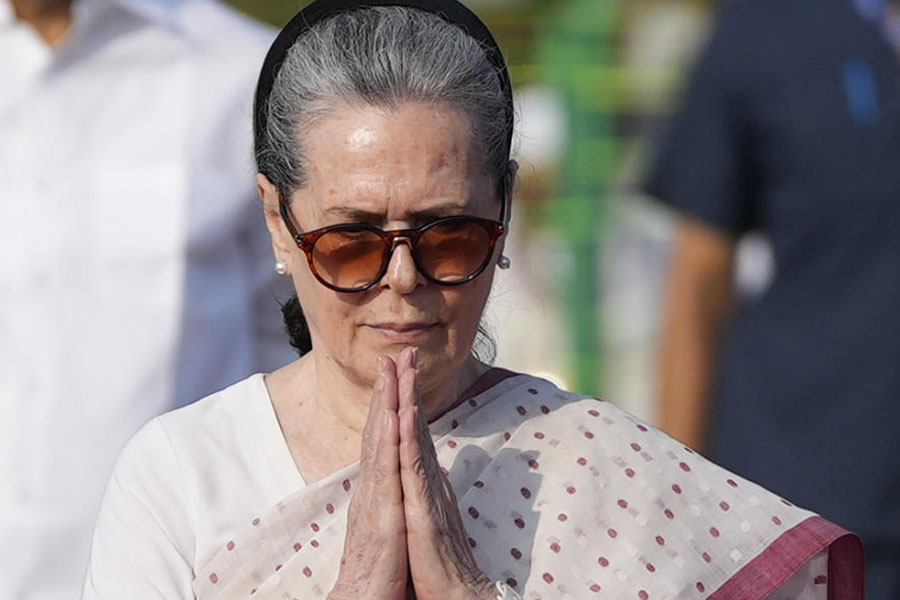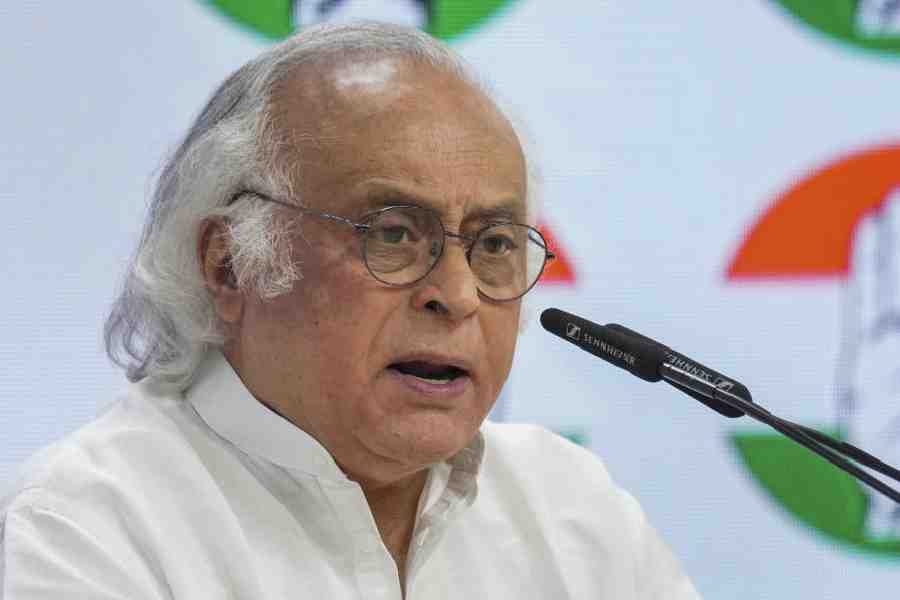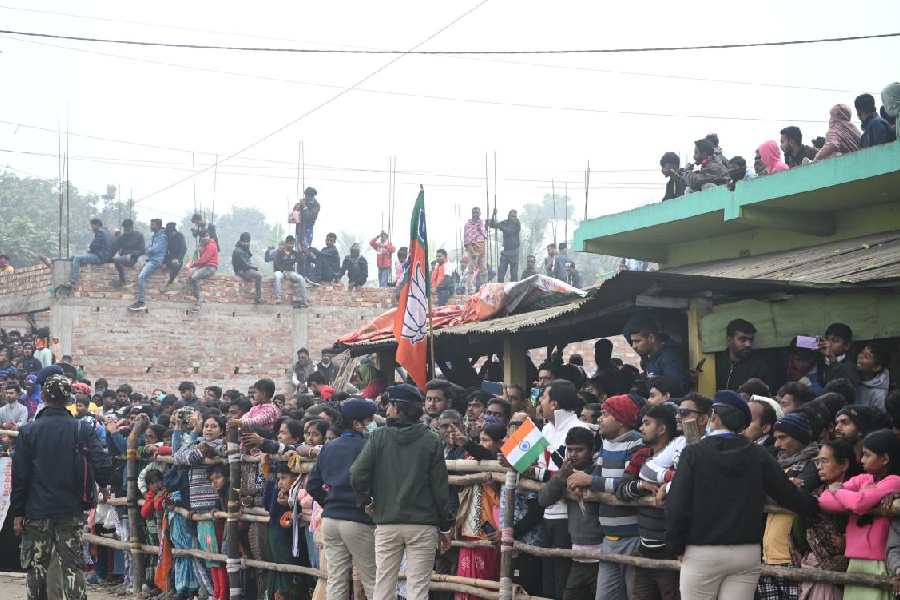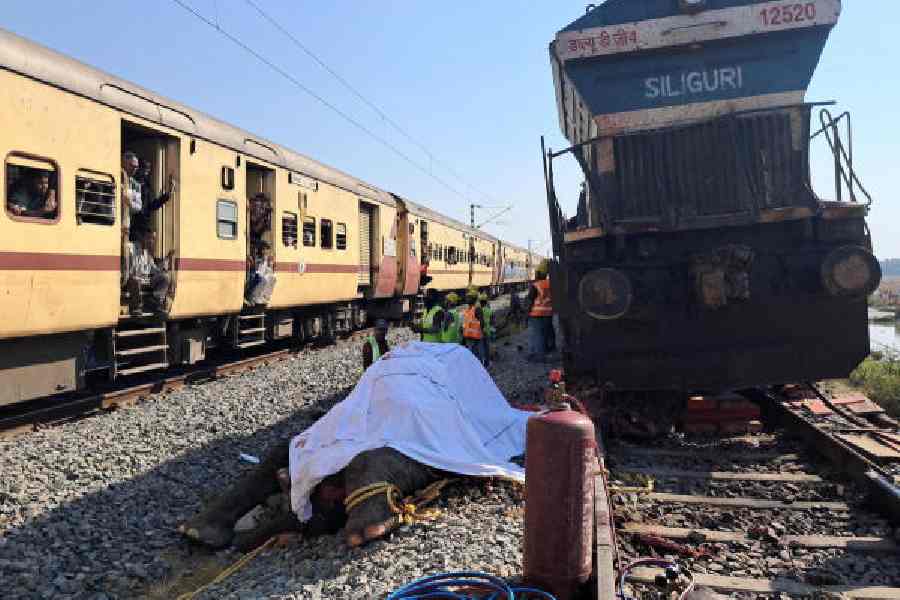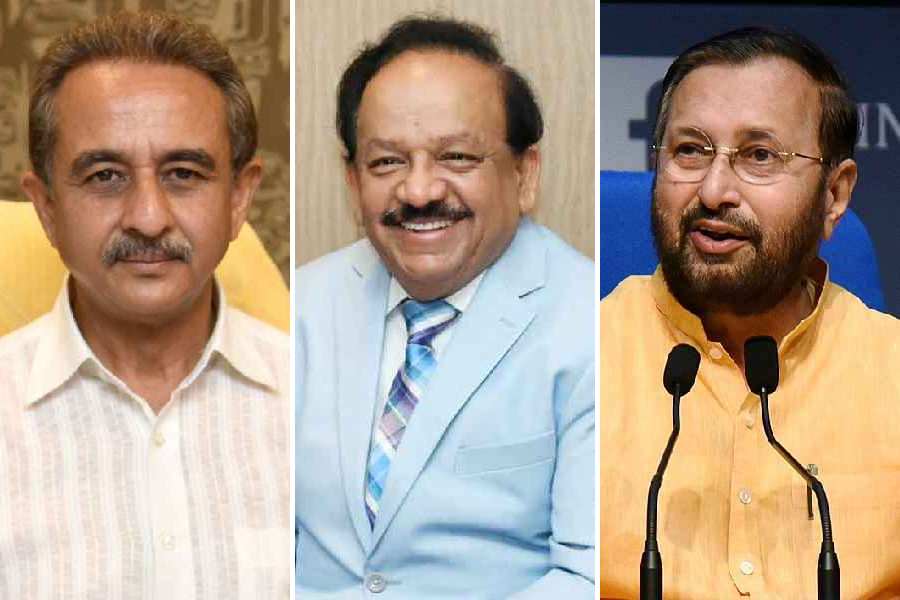He steals out in the dark of night. Keeping an eye out for the long arm of the law, he whips out the tools of his trade and gets to work. Suddenly, there’s a smell of spray paint in the air as he deftly blitzes his colourful tag — a painted signature — across a battered wall in south Delhi. D-A-K-U. The blue and green letters stand out against the peeling surface.
“Lakhs of people know Daku but nobody knows who he is,” says the prolific Delhi-based graffiti writer. The 29-year-old artist has a day job at an advertising agency but he’s careful not to reveal his identity or where he works. Like most other graffiti writers, Daku usually splashes colour on the city’s walls at night. And he mostly picks grubby walls that nobody’s really bothered about. That way it’s easier to argue with the cops if they happen to catch him in action.
 |
| Roy Sanjib aka Yantr has been nurturing his passion for street art for the last six years |
Don’t make a mistake about this one — we’re talking serious art here. Street art and graffiti writing are catching on in India. Graffiti writing is stylised writing and street art is art created in public spaces and includes everything from freehand and stencil graffiti to sticker art and street installations.
“Graffiti is for the masses, not just for people who sip wine in spiffy galleries,” says Zine, a 26-year-old graffiti writer who’s been splashing his art across Delhi walls since 2007. Zine’s works can take anywhere between three minutes to two days to create depending on whether he’s ‘bombing’ (tagging many surfaces in an area) or doing a large ‘piece’. His style is colourful, with a couple of cartoon characters thrown in at times.
Street art ranges from quick jobs done in the dark of night to officially sanctioned projects like the Great Wall of Mumbai — a five-kilometre stretch on the city’s Tulsi Pipe Road, with paintings by over 200 artists and amateurs.
 |
| Daku adds a desi twist to his graffiti writing by using the Devanagari script; Pic by RUPINDER SHARMA |
Cut to Delhi where Italian artists Mattia Lullini and Raw Tella teamed up with other Indian artists in the street art festival, Extension Khirkee. Some of the country’s most prolific street artists — mostly with colourful pseudonyms — joined the party including Daku, Zine, HeRa and Roy Sanjib aka Yantr.
Similarly, ECB Hendrik Beikirch was among the group of German artists who collaborated with five Indian artists in Bangalore’s Urban Avant-Garde street art project in February. Beikirch painted a massive face with drooping eyes — his take on a stereotypical European tourist.
And Calcutta got a taste of street art when 3D street painter, Tracy Lee Stum dropped by at the Kolkata Book Fair and also Nandan. “The street art scene (as practiced by contemporary artists worldwide) seems to be burgeoning in India,” says Stum, who created treacherous cliffs at Nandan, the city’s cultural hub.
 |
| Zine’s style is all about colourful letters with cartoon characters thrown in at times |
But graffiti writing and street art are really for loners. According to artist HeRa, there are around 30 graffiti writers in Delhi, out of which about nine are very active. HeRa belongs to the Slumgods hip hop collective based in Khirkee in Delhi and Mumbai’s Dharavi areas.
In Mumbai take a look at street artist Jas Charanjiva, whose wall paintings range from cartoonish apes and moustached men to others with social messages. Charanjiva insists that graffiti writing and street art overlap at times.
She once tagged an anti-smoking message to her mural of a cigarette-smoking, south Indian film-inspired villain on a Bandra wall because several children had gathered to watch her paint.
And Delhi-based Roy Sanjib aka Yantr does graffiti as well as street paintings. “It’s a passion. Some people crave alcohol, others women, I am driven by street art,” says the artist, who has painted in Rishikesh, Manali, Baroda and Delhi. There’s also 27-year-old Samita Chatterjee, who was inspired by a wall portrait on Calcutta’s Sudder Street. With her group, The Ferals, she has painted in Sudder Street as well as in nightspots like The Basement and Nocturne.
 |
| Jas Charanjiva’s work has apes and moustached men and she sometimes also includes social messages |
Charanjiva admits that street art isn’t always an end in itself. She has often received commissions from people who’ve noticed her art on the streets. It’s a great way to promote your work,” she says.
Even the late-night graffiti writers have become famous and are now being commissioned to liven up music festivals, trendy cafés, commercial spaces and even homes. Zine, for instance, has painted at Goa’s Sunburn Festival, Nagaland’s Hornbill Festival and even on a stretch of the Buddh International Circuit in Noida.
The average man in the street might think that graffiti is just about individual artists colouring up the city’s walls and other empty spaces. But there’s actually a whole philosophy behind it and it’s part of a much larger movement.
Graffiti writing began in Philadelphia more than four decades ago. It caught on in New York as part of hip hop, a subculture rooted in the arts, and then spread to the rest of the world. In India the scene is, of course, way behind what’s happening abroad. Says Charanjiva: “It’s not there yet.”
 |
| American artist Tracy Lee Stum created this 3D street painting outside Calcutta’s Nandan theatre |
Nevertheless, the Indian scene has attracted several foreign artists in recent months. For instance, six German and a Japanese artist made the walls of the German Consulate General, Calcutta, come alive last month during a graffiti session organised by the consulate with Hip Hop Stützpunkt Berlin and Indian partners Littlei, Smoke Inc and Sound Curry. And earlier this year, artist Daryl Bennett marked his visit to India with a trail of stickers and a spray-painted tiger on a Calcutta wall. “The East — China and India — is the new destination for foreign artists,” says Brinda Chudasama Miller, festival curator of the Kala Ghoda Arts Festival.
Though it usually carries the connotation of unsanctioned art, an increasing number of street art projects in India not only have the required permissions but also involve local communities. Archana Prasad, a curator of Urban Avant-Garde, says, “Indian participants in the project went the extra mile to involve local people”.
Similarly, artist Aastha Chauhan’s involvement with the Khirkee community paved the way for the street art festival, Extension Khirkee. And the local Harijan Samaj helped Richa Kumar of Asthir — Art on the Move to organise Bennett’s recent street art escapade in Calcutta.
Will street art and graffiti writing catch on in an even bigger way? Indian cities have plenty of unpainted and dirty walls and a splash of colourful writing or art won’t hurt them at all.


